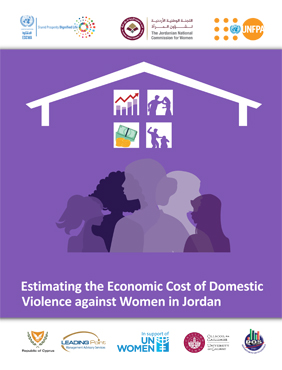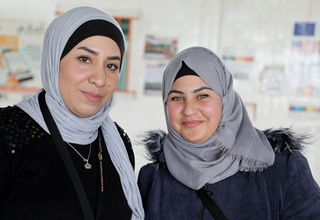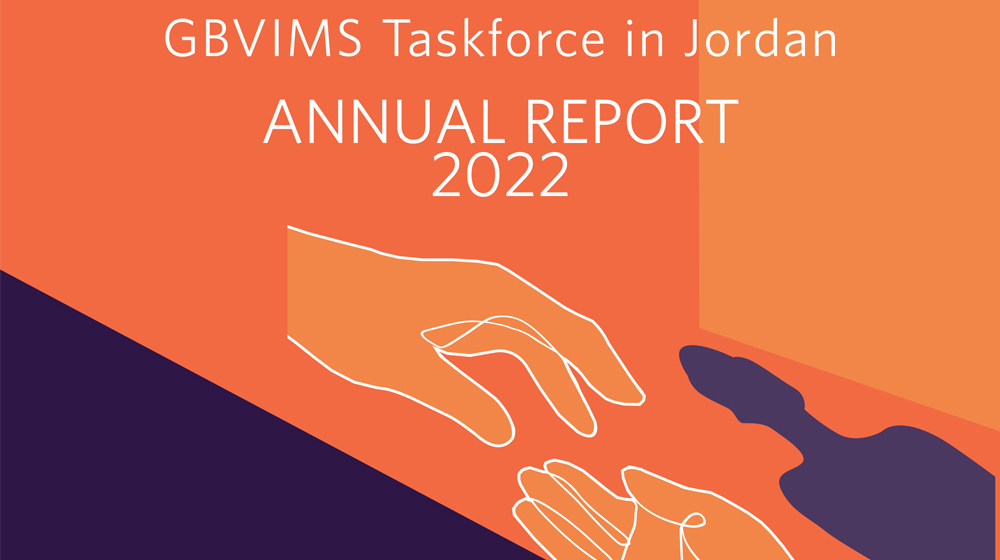Executive summary
In Jordan, women and girls are subjected to multiple forms of violence, including domestic violence, marital violence and child marriage. According to the latest Demographic and Health Survey (DHS 2017/2018), 21 per cent of women reported being exposed to physical violence by their partner or another person within or outside the family at least once since they attained 15 years of age. The Government of Jordan has been very active in addressing this problem. It established a number of mechanisms, such as the National Team for Domestic Violence Protection and the 2017 Domestic Violence Protection Law.
This report is among the Government’s efforts to provide evidence based on the wider economic costs of violence against women and girls on women and girls, households, and the economy, as well as the costs of providing services to survivors of such violence in Jordan. Significantly, this is the first report to combine the calculation of the OOP cost and the cost of services in the Arab region according to the full operational model, produced by the United Nations Economic and Social Commission for Western Asia (ESCWA), for estimating the costs of marital violence in the Arab region. The process of calculation employs a mixed-method approach to estimate these costs. Focusing primarily on tangible monetary costs, estimates of OOP costs and foregone income due to marital violence have been produced. In addition, the report provides an estimate of the various costs associated with providing services across key sectors.
The 2021 Jordan violence against women survey is the primary data set employed for estimating the costs of violence against women and girls for women and girls, households, and the economy. To ensure robustness in estimating the costs of violence, the analysis was limited to the last 12 months. However, as costs incurred in the last 12 months can be a result of earlier violence, the prevalence of violence in the last 12 months and “ever” was estimated. To establish the costs of service provision, financial data, time allocation data and beneficiary numbers were collected via questionnaires from services across the following areas: health care; law enforcement and the justice system; penitentiary institutions for abusers; and social and specialized services for women victims/survivors.




